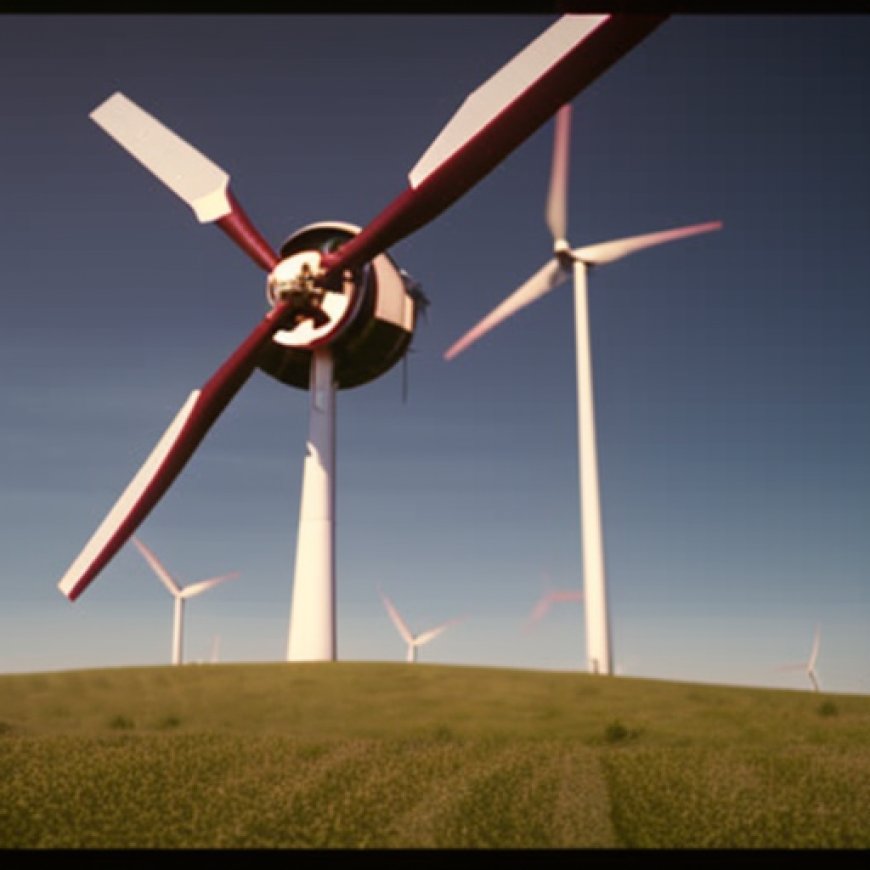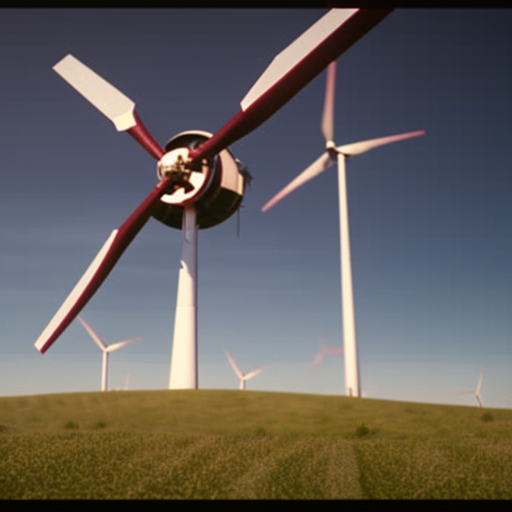Renewable Energy, Funding Options for Farms
Renewable Energy, Funding Options for Farms | Agriculture ... Lancaster Farming


In today’s rapidly evolving world, the farming community is embracing renewable energy as a path to a sustainable and economically viable future.
Renewable energy sources, such as solar, wind, and biofuels, offer numerous benefits to private farm operations and large-scale commercial agriculture. There are various renewable energy options that positively impact the economics of the farming industry, and many come with funding opportunities.
Solar Power
One of the most accessible and widely adopted forms of renewable energy for farms is solar power. Farmers can significantly reduce their electricity bills by harnessing the sun’s energy.
Wind Energy
Another renewable energy option gaining popularity in the farming community is wind energy. Farms situated in regions with consistent wind patterns can benefit from wind turbines.
Biofuels
Biofuels, such as biodiesel and ethanol, offer an environmentally friendly alternative to fossil fuels in the farming sector. Many farmers grow crops like corn, soybeans, or switchgrass that can be converted into biofuels.
Large Agriculture Operations
Large agriculture operations can also benefit from renewable energy. With vast land resources at their disposal, these farms have the potential to generate significant amounts of clean energy.
Funding Opportunities
Agricultural producers can take advantage of several different programs and tax incentives to harness the power of renewable energy. Some programs and tax incentives can even be combined.
- The federal Inflation Reduction Act bolstered the Rural Energy for America Program by increasing program funding and grant eligibility to 50% of the costs. A producer can also combine a grant and loan through the program for funding up to 75%.
- USDA also provides support through the Bioenergy Program for Advanced Biofuels, encouraging farmers to participate in sustainable biofuel production. The investment tax credit will reduce the federal income tax liability for up to 30% of the costs of a solar system.
- In Pennsylvania, the Department of Environmental Protection has energy programs such as the Agriculture Energy Efficiency Rebate program and the Small Business Advantage Grant.
- The Agriculture Energy Efficiency Rebate Program offers rebates to agricultural producers for energy-efficient projects. The Small Business Advantage Grant partially reimburses small businesses to improve energy efficiency or reduce pollution.
- Producers may also qualify for USDA’s Environmental Quality Incentives Program On-Farm Energy Initiative. Eligible producers must take part in a qualifying energy audit.
Contacting the respective federal or state agencies before undertaking a project can help with clarification of specific guidelines, including starting the paperwork before the project begins. Tax incentives should also be discussed with tax advisers and installers to be sure the project qualifies.
SDGs, Targets, and Indicators
1. Which SDGs are addressed or connected to the issues highlighted in the article?
- SDG 7: Affordable and Clean Energy
- SDG 9: Industry, Innovation, and Infrastructure
- SDG 13: Climate Action
2. What specific targets under those SDGs can be identified based on the article’s content?
- SDG 7.2: Increase substantially the share of renewable energy in the global energy mix.
- SDG 9.4: Upgrade infrastructure and retrofit industries to make them sustainable, with increased resource-use efficiency and greater adoption of clean and environmentally sound technologies and industrial processes.
- SDG 13.2: Integrate climate change measures into national policies, strategies, and planning.
3. Are there any indicators mentioned or implied in the article that can be used to measure progress towards the identified targets?
- Indicator for SDG 7.2: Proportion of total final energy consumption from renewable sources.
- Indicator for SDG 9.4: Proportion of industries using sustainable practices and technologies.
- Indicator for SDG 13.2: Number of countries with integrated policies, strategies, and planning for climate change mitigation, adaptation, impact reduction, and early warning.
Table: SDGs, Targets, and Indicators
| SDGs | Targets | Indicators |
|---|---|---|
| SDG 7: Affordable and Clean Energy | 7.2: Increase substantially the share of renewable energy in the global energy mix. | Proportion of total final energy consumption from renewable sources. |
| SDG 9: Industry, Innovation, and Infrastructure | 9.4: Upgrade infrastructure and retrofit industries to make them sustainable, with increased resource-use efficiency and greater adoption of clean and environmentally sound technologies and industrial processes. | Proportion of industries using sustainable practices and technologies. |
| SDG 13: Climate Action | 13.2: Integrate climate change measures into national policies, strategies, and planning. | Number of countries with integrated policies, strategies, and planning for climate change mitigation, adaptation, impact reduction, and early warning. |
Behold! This splendid article springs forth from the wellspring of knowledge, shaped by a wondrous proprietary AI technology that delved into a vast ocean of data, illuminating the path towards the Sustainable Development Goals. Remember that all rights are reserved by SDG Investors LLC, empowering us to champion progress together.
Source: lancasterfarming.com

Join us, as fellow seekers of change, on a transformative journey at https://sdgtalks.ai/welcome, where you can become a member and actively contribute to shaping a brighter future.







